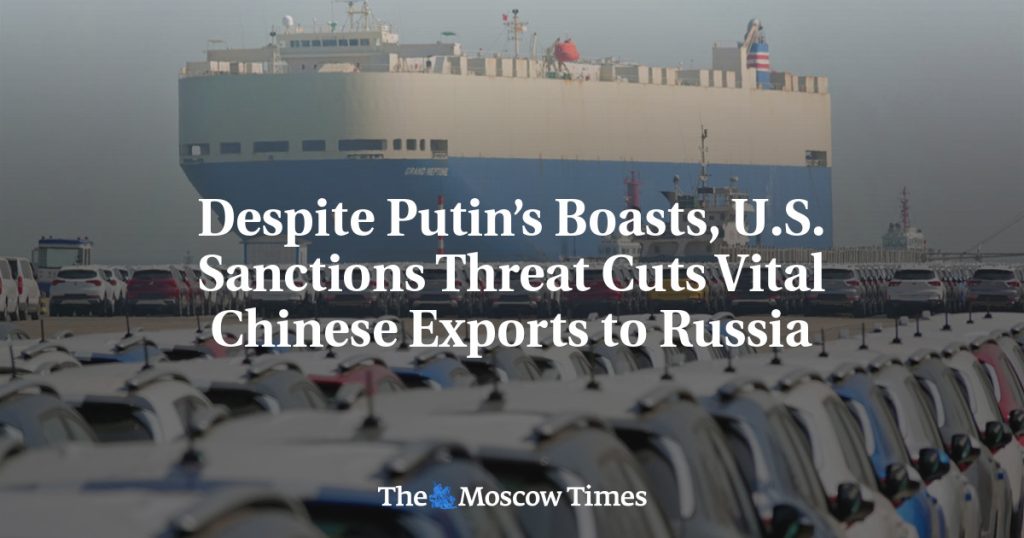President Vladimir Putin highlighted the growth in trade ties between Russia and China during his recent visit to China, noting that the bilateral trade turnover has exceeded $200 billion. This represents a significant increase from a few years ago when it was considered a success to reach $100 billion. Putin praised the decision to handle trade in national currencies, with 90% of payments now being made in rubles and yuan, which has helped boost trade operations between the two countries. However, challenges have arisen due to sanctions imposed on Russia, which have impacted the trade relationship between the two nations.
The trade partnership between Russia and China relies heavily on the export of raw materials from Russia to China, while China exports electronics, equipment, and machinery to Russia. The start of Russia’s invasion of Ukraine in 2022 led to a surge in Russian imports from China, as a result of Western sanctions and a shift in trade routes towards the East. Imports of Chinese electronics and machinery grew significantly in 2022 and 2023, with China accounting for a large share of Russia’s overall imports in these categories. This growing trade relationship has been crucial for Russia’s economy amidst geopolitical challenges.
Trading in yuan and rubles has allowed Russia and China to circumvent Western sanctions, providing a way to conduct transactions outside of major global currencies like the US dollar and euro. However, the introduction of restrictions by the US in December 2023 has posed new challenges, leading to a decline in exports from China to Russia and difficulties in processing payments between the two countries. Major Chinese banks have started restricting payments from Russian banks, impacting the flow of goods and equipment between the two nations.
The recent decline in exports from China to Russia, the restrictions imposed by major Chinese banks, and challenges in processing payments have highlighted the fragility of the trade relationship between Russia and China. While some small financial organizations continue to work with Russia, larger banks are facing pressure from US regulators, affecting the capacity to handle transactions. The difficulties in making payments in yuan have made it challenging for businesses in both countries to engage in trade, leading to uncertainties about the future of the bilateral economic relationship.
Efforts are being made to address the issues surrounding financial transactions between Russia and China, with suggestions to utilize the BRICS economic bloc as a platform for enhancing cooperation. The Russian Direct Investment Fund (RDIF) is considering opportunities for creating joint financial and investment infrastructure among BRICS countries to facilitate trade and investment flows. However, the operational details and timeline for implementing this initiative remain unclear, leaving questions about how transactions in national currencies will be facilitated in the future. The resolution of financial transaction challenges between Russia and China will be crucial for sustaining the trade partnership and economic ties between the two countries.















